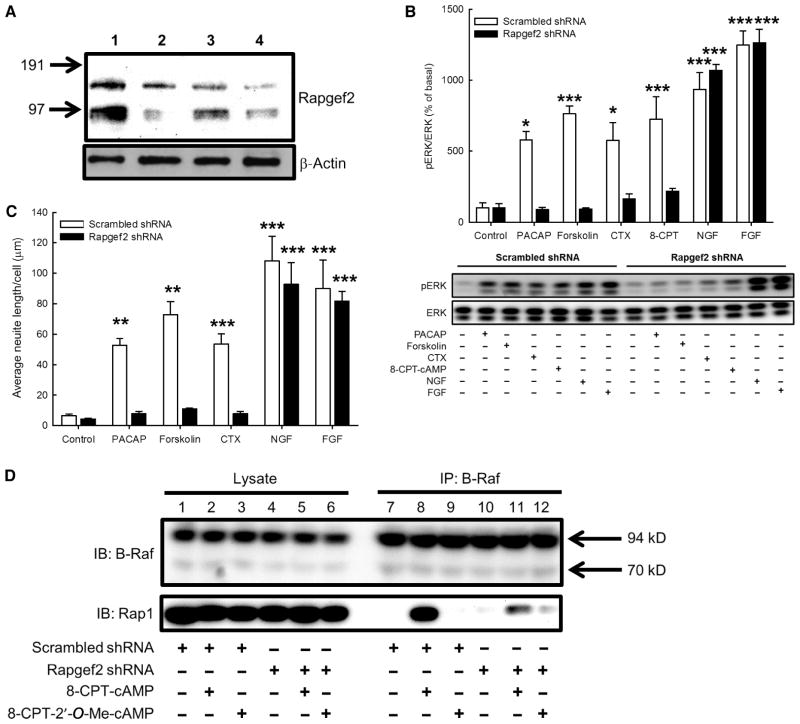Fig. 3. Rapgef2 connects cAMP to ERK signaling in NS-1 cells.
(A) Knockdown of Rapgef2 protein in NS-1 cells transduced with lentivirus expressing Rapgef2-specific shRNA. Lane 1: NS-1 cells expressing scrambled shRNA; lanes 2 to 4: stable NS-1 cell lines expressing Rapgef2-specific shRNA constructs. Cells in lane 4 contained <20% of the Rapgef2 protein in cells expressing scrambled shRNA and were propagated for further analyses. (B) Measurement of ERK phosphorylation in NS-1 cells expressing either scrambled shRNA or Rapgef2-specific shRNA. Cells were treated for 10 min with 100 nM PACAP-38, 25 μM forskolin, cholera toxin (CTX; 50 μg/ml), 100 μM 8-CPT-cAMP (8-CPT), NGF (100 ng/ml), or FGF (100 ng/ml). In cells expressing scrambled shRNA, all agents tested caused a statistically significant increase in ERK phosphorylation compared to that in untreated cells (Bonferroni, *P < 0.05, ***P < 0.001). In cells expressing Rapgef2-specific shRNA, only NGF and FGF caused statistically significant ERK phosphorylation (***P < 0.001). Lower panel shows a Western blot that is representative of four independent experiments. (C) Quantification of neurite outgrowth. NS-1 cells expressing either scrambled shRNA or Rapgef2-specific shRNA were treated for 48 hours with 100 nM PACAP-38, 25 μM forskolin, CTX (50 μg/ml), NGF (100 ng/ml), or FGF (100 ng/ml). In cells expressing scrambled shRNA, all agents tested caused significant neurite outgrowth relative to that of untreated control cells (Bonferroni, **P < 0.01, ***P < 0.001). Only NGF and FGF caused statistically significant neurite extension in cells stably expressing Rapgef2-specific shRNA. Bars represent means ± SEM from four fields per condition in three independent experiments. Representative photomicrographs are shown in fig. S6. (D) The association between Rap1 and B-Raf is Rapgef2-dependent. NS-1 cells expressing either scrambled shRNA or Rapgef2-specific shRNA were treated with 100 μM 8-CPT-cAMP or 100 μM 8-CPT-2′-O-Me-cAMP for 10 min. Protein content in cell lysates was normalized, and lysates were precleared and resolved by SDS-PAGE (polyacrylamide gel electrophoresis). Gels were blotted onto nitrocellulose and incubated with antibodies raised against B-Raf and Rap1. Lysates were also subjected to coimmunoprecipitation with a B-Raf–specific antibody coupled to agarose resins. The association between Rap1 and B-Raf in response to 8-CPT-cAMP was greater in extent in cells expressing scrambled shRNA than in cells expressing Rapgef2-specific shRNA. Data are representative of three experiments.

